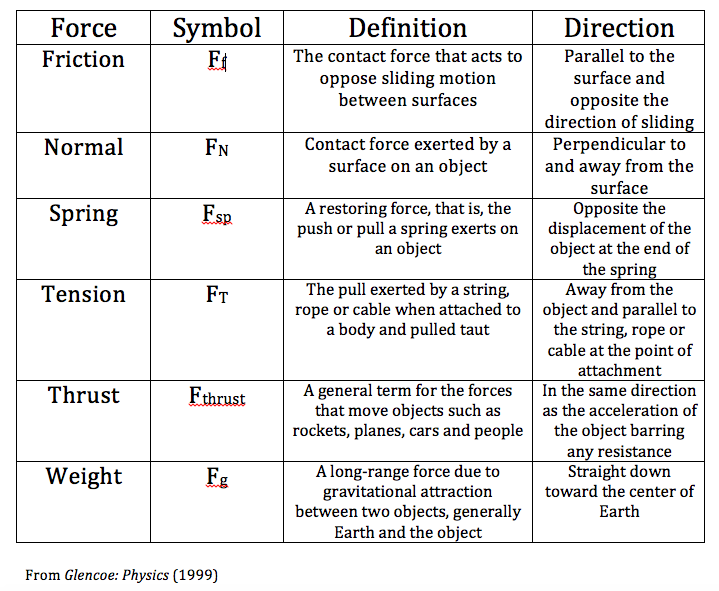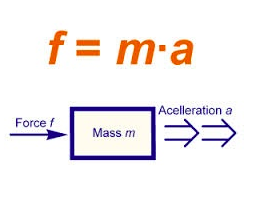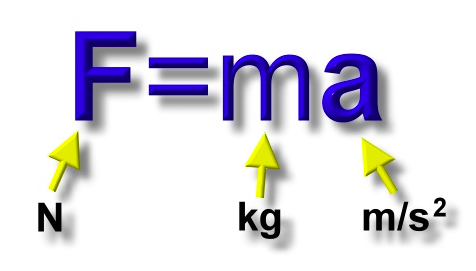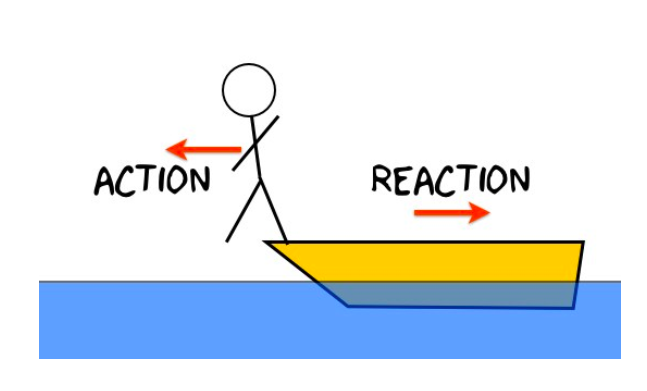We will use PhysicsTracker to analyze the Hot Wheels data. You should read through the HowTo and watch the below video to learn how to use it. PhysicsTracker will automatically incorporate Java, so you don't need to download it. After you have downloaded the tracker software, open up a new file and drag your video into the video box. From there, you will calibrate and mark your Hot Wheel as it moves down the track.
You're going to have to watch this several times (I did) to get the hang of it.
You're going to have to watch this several times (I did) to get the hang of it.




 RSS Feed
RSS Feed